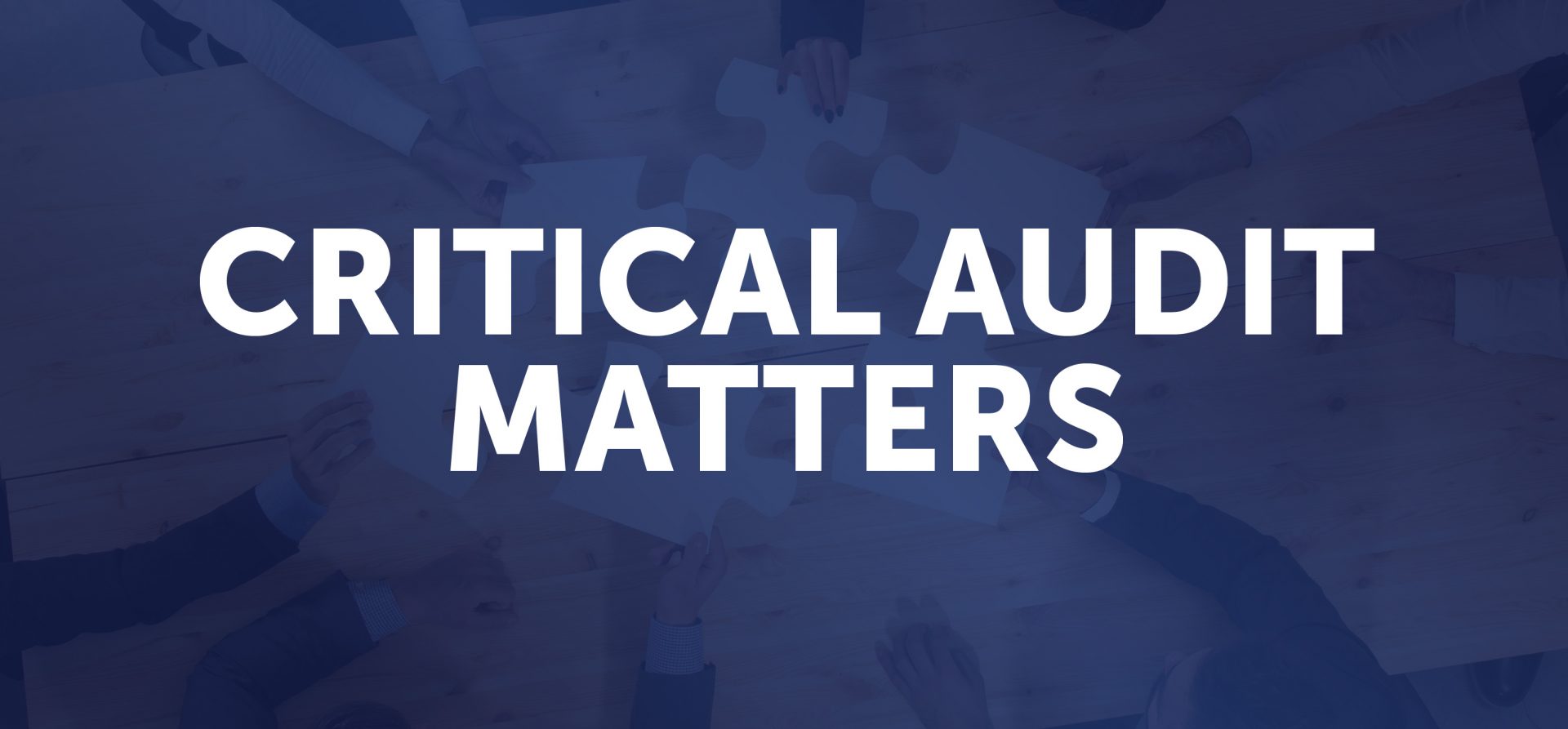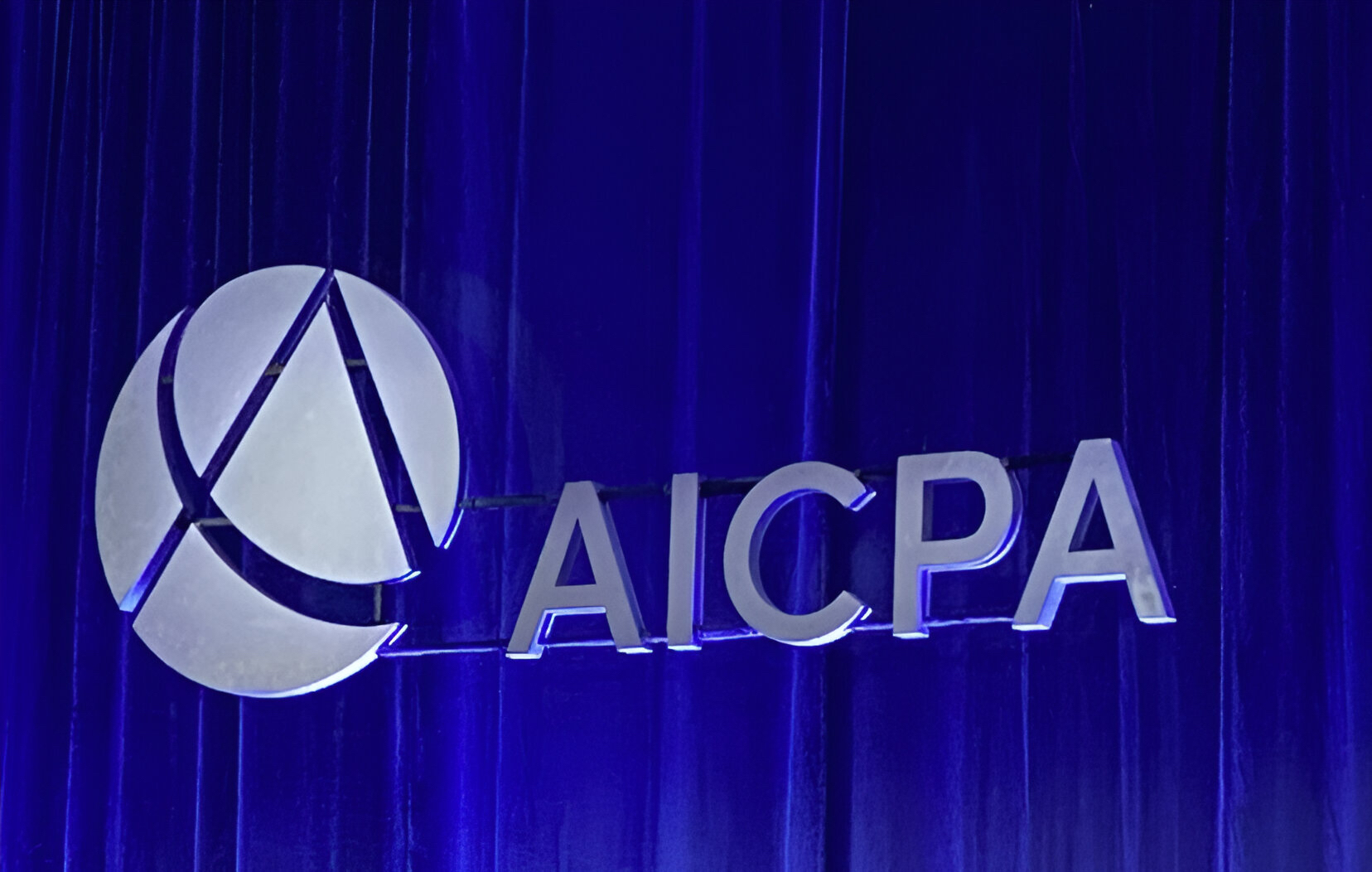A new survey from the Center for Audit Quality (CAQ) reveals that 92% of investors say they rely on critical audit matters when making investment decisions, while 93% say that CAMs play an important role in their analysis of a potential investment.
Auditing standards in the U.S. now require auditors to identify CAMs in their reports on the financial statements of large public companies.
According to the Public Company Accounting Oversight Board, a critical audit matter is defined as “any matter arising from the audit of the financial statements that was communicated or required to be communicated to the audit committee and that (1) relates to accounts or disclosures that are material to the financial statements and (2) involved especially challenging, subjective, or complex auditor judgment.”
The CAQ’s third quarter survey, which was conducted online from July 9 to 22 among 100 U.S. institutional investors, gauged the use of CAMs in the investment decision-making process, the level of training or information investors received related to CAMs, investor satisfaction with CAMs, and how CAMs could be improved.
Of the 92% of investors who said they use CAMs when making investment decisions, the following examples were cited on how a CAM impacted their decision:
- Valuation of assets/goodwill appraisal/intangible assets evaluation (22%)
- Financial statement/occurrence of financial misstatements (21%)
- Revenue recognition (18%)
- Compliance issues/fraud (14%)
- Management estimates/management judgments (12%)
Of the 7% of investors who state that CAMs aren’t an important part of their decision-making analysis of a potential investment, their reasons include:
- The information is overly standardized (four investors)
- It is relevant only to a subset of financial statement accounts/areas (three investors)
- The portfolio I manage does not have an investment policy on utilizing CAMs (two investors)
- Not enough information about connection between CAMs and how they can be used to value/price an investment opportunity (one investor)
- Other (one investor)
According to the CAQ survey, most investors (88%) have received training and/or written explanation on the value and utilization of CAMs.
They received that training via:
- Seminar/webinar/conference (27%)
- University courses/online courses (25%)
- Financial experts/AICPA/auditing experts (24%)
- At work/company-provided/in-house (24%)
- Written material/reports/journals (22%)
Nine in 10 investors say they are satisfied with the quality and clarity of CAMs in audit reports, while only 2% express dissatisfaction. Specifically, 48% said they are “very satisfied” and 42% said they are “somewhat satisfied.” Eight percent were neither satisfied nor dissatisfied. The dissatisfied investors listed “language isn’t clear” as the main reason and added “plain language is preferred,” according to the CAQ.
How can CAMs be improved? Half of investors say that either increasing the number of CAMs (52%) or increasing the detail provided in CAMs (51%) would benefit their investment decisions.
Additional information related to CAMs that investors say would be important to their investment decisions include:
- Financial impact/effect on future earnings/reliability of reports (16 replies)
- Risk profile/understanding and pinpointing risks (10 replies)
- Origins of CAMs/what qualifies as a CAM/how auditor identified CAMs (nine replies)
- Management response and reaction (4 replies)
“I find audit transparency critical to assessing a company’s financial health. CAMs can reveal the most complex or judgmental areas of an audit, which helps me identify potential risk points, such as overreliance on a single client or the use of complex financial instruments,” said one investor who wasn’t named in the survey report.
Thanks for reading CPA Practice Advisor!
Subscribe Already registered? Log In
Need more information? Read the FAQs
Tags: Auditing




